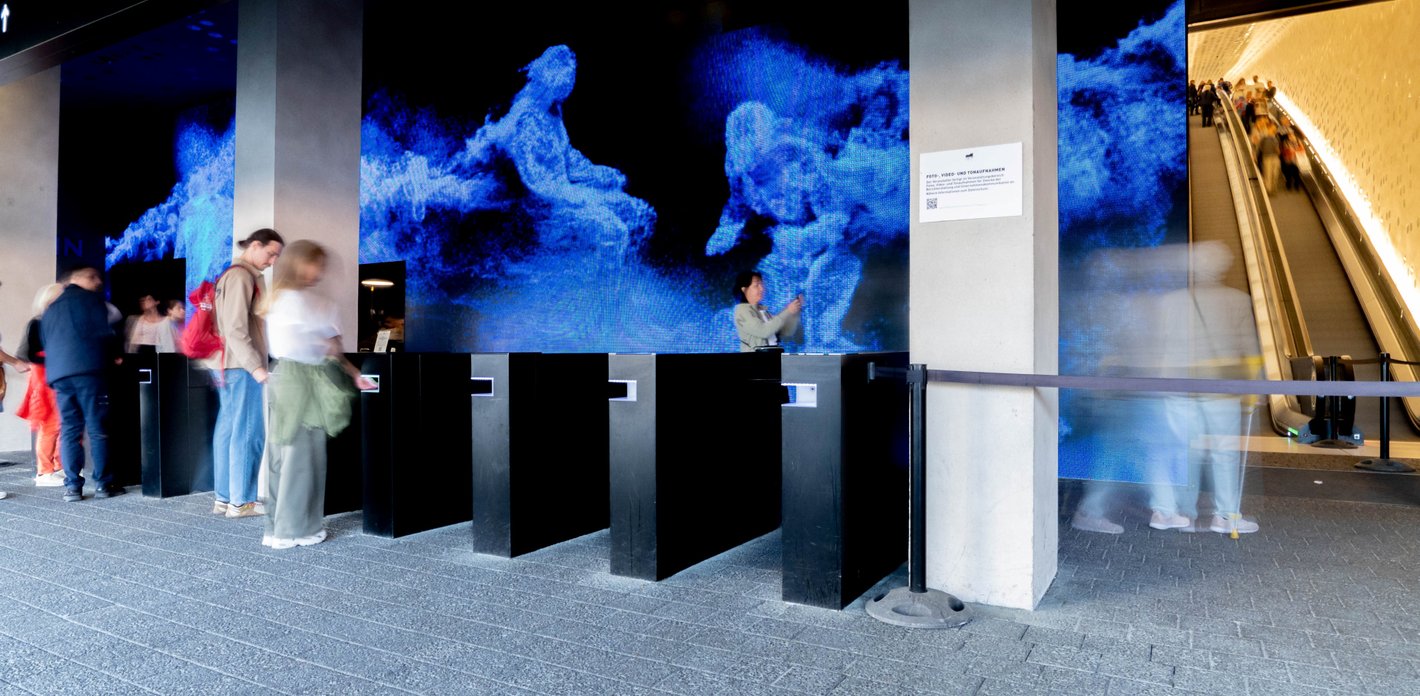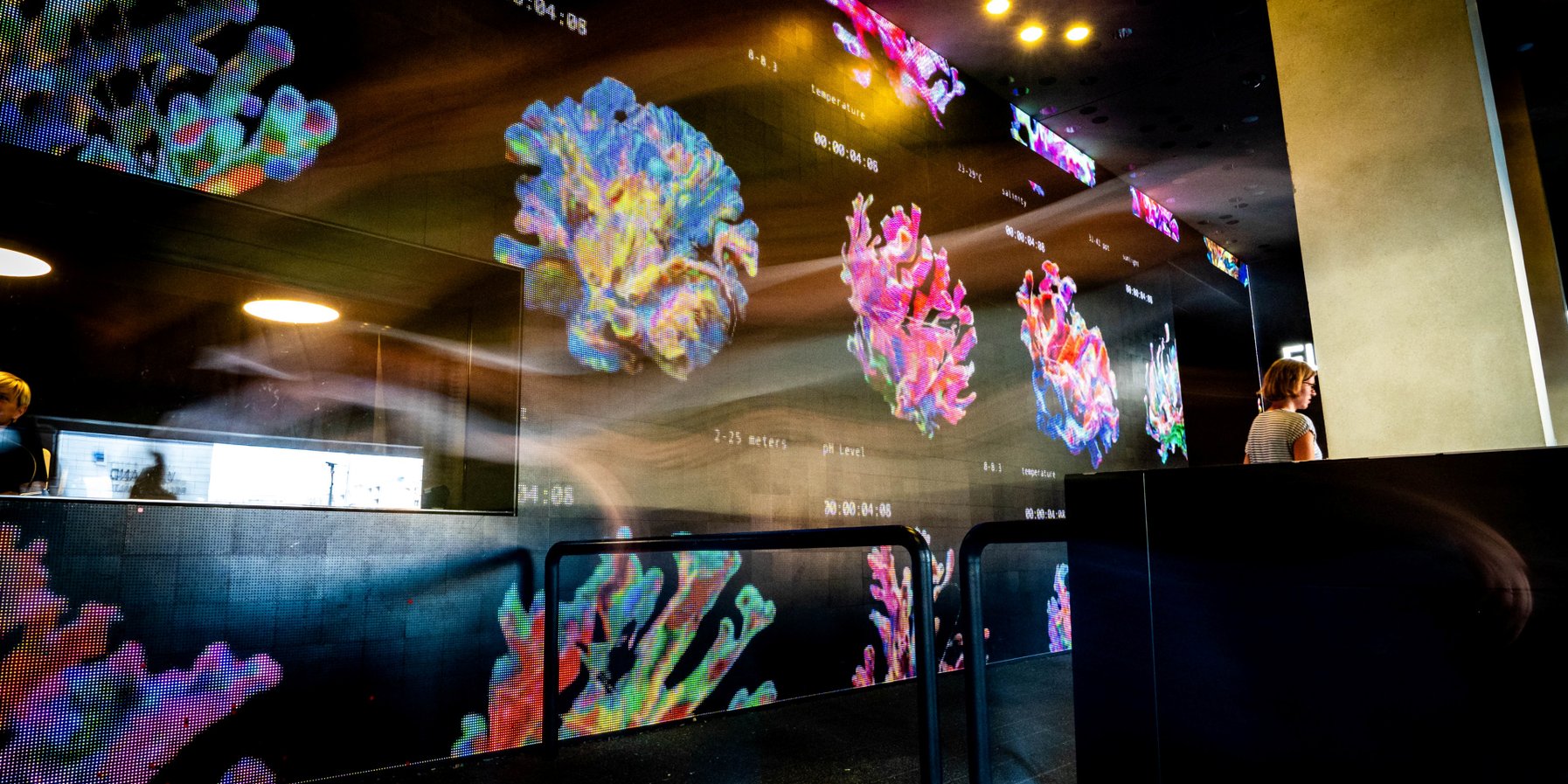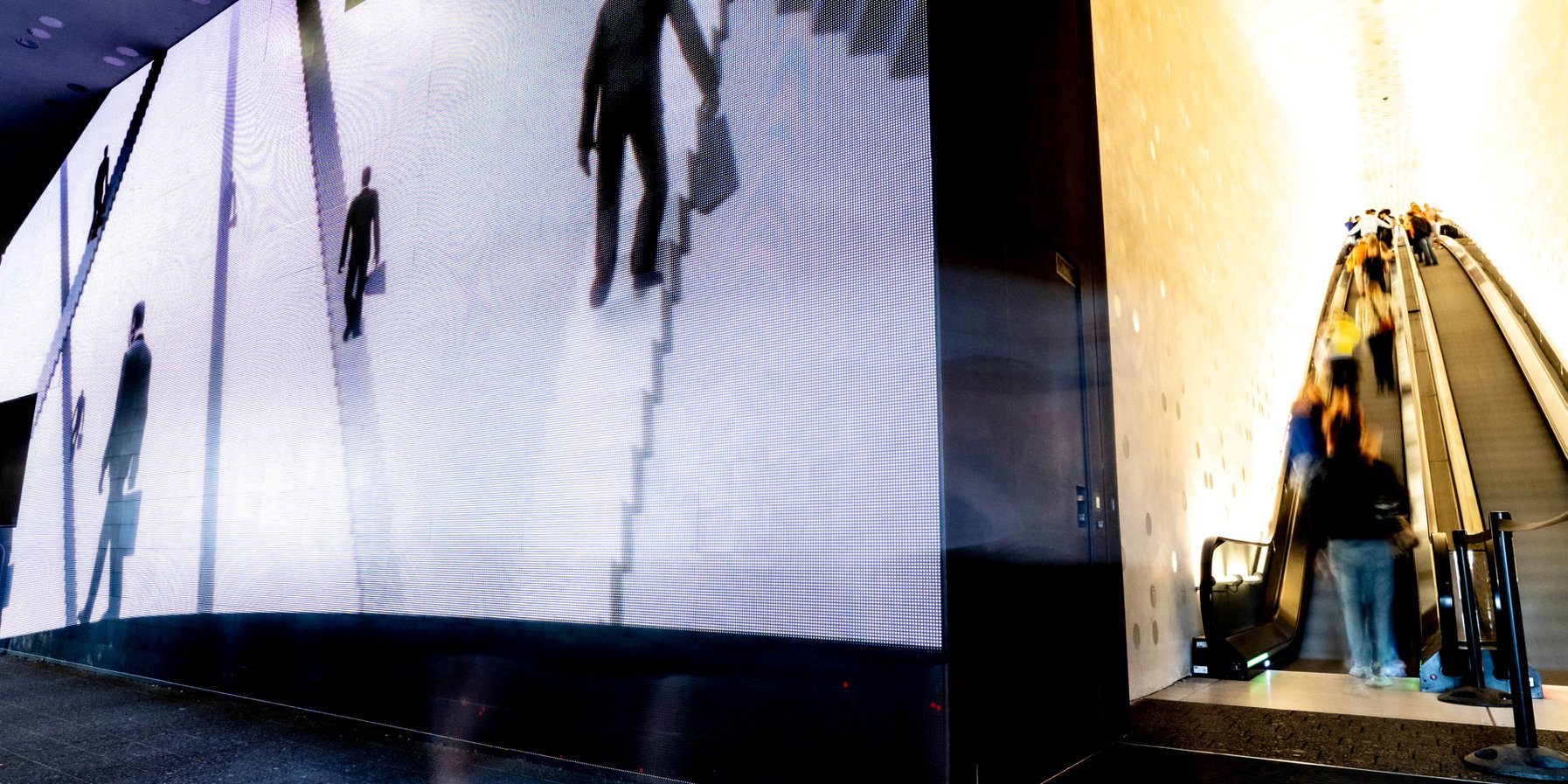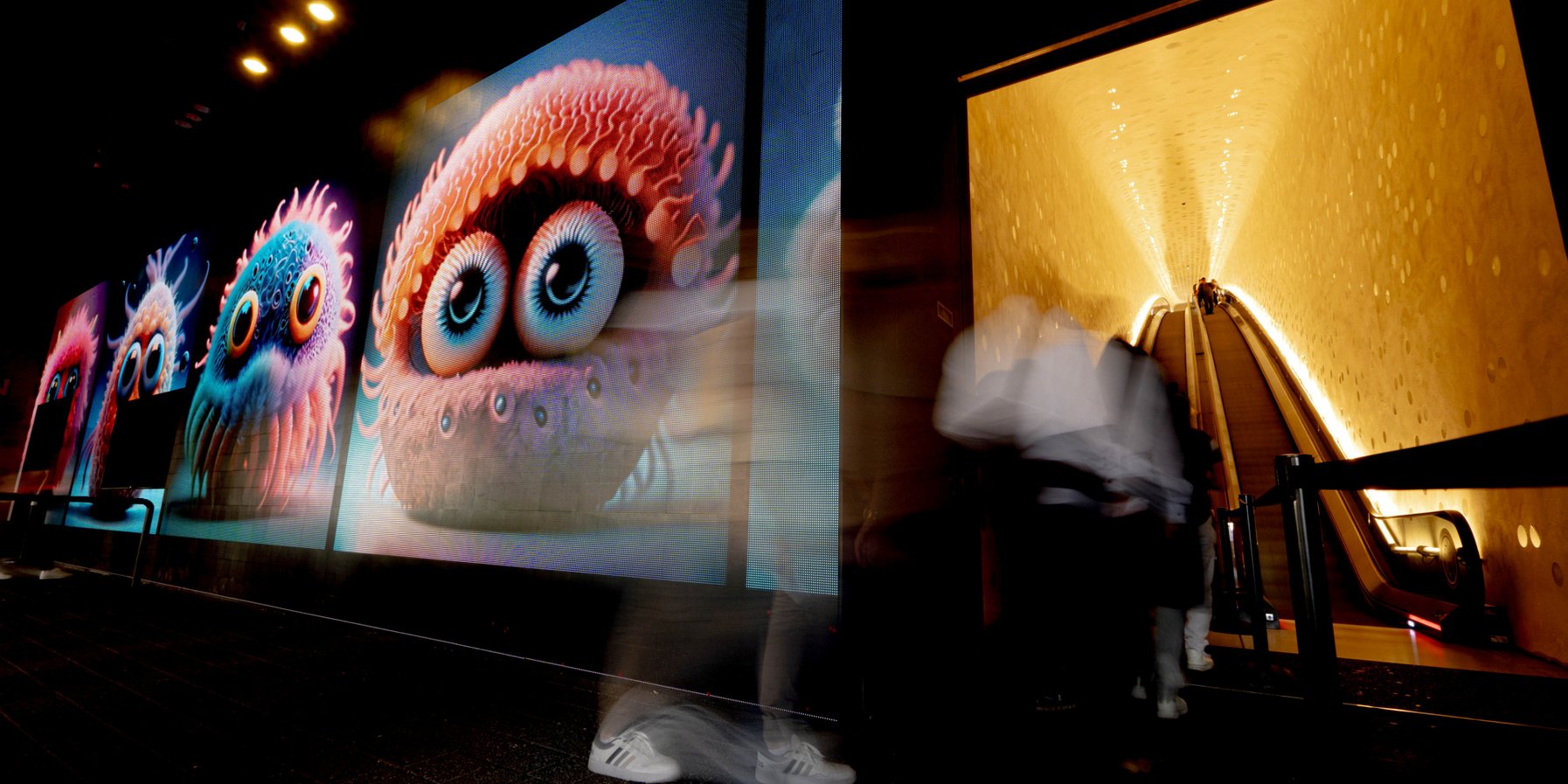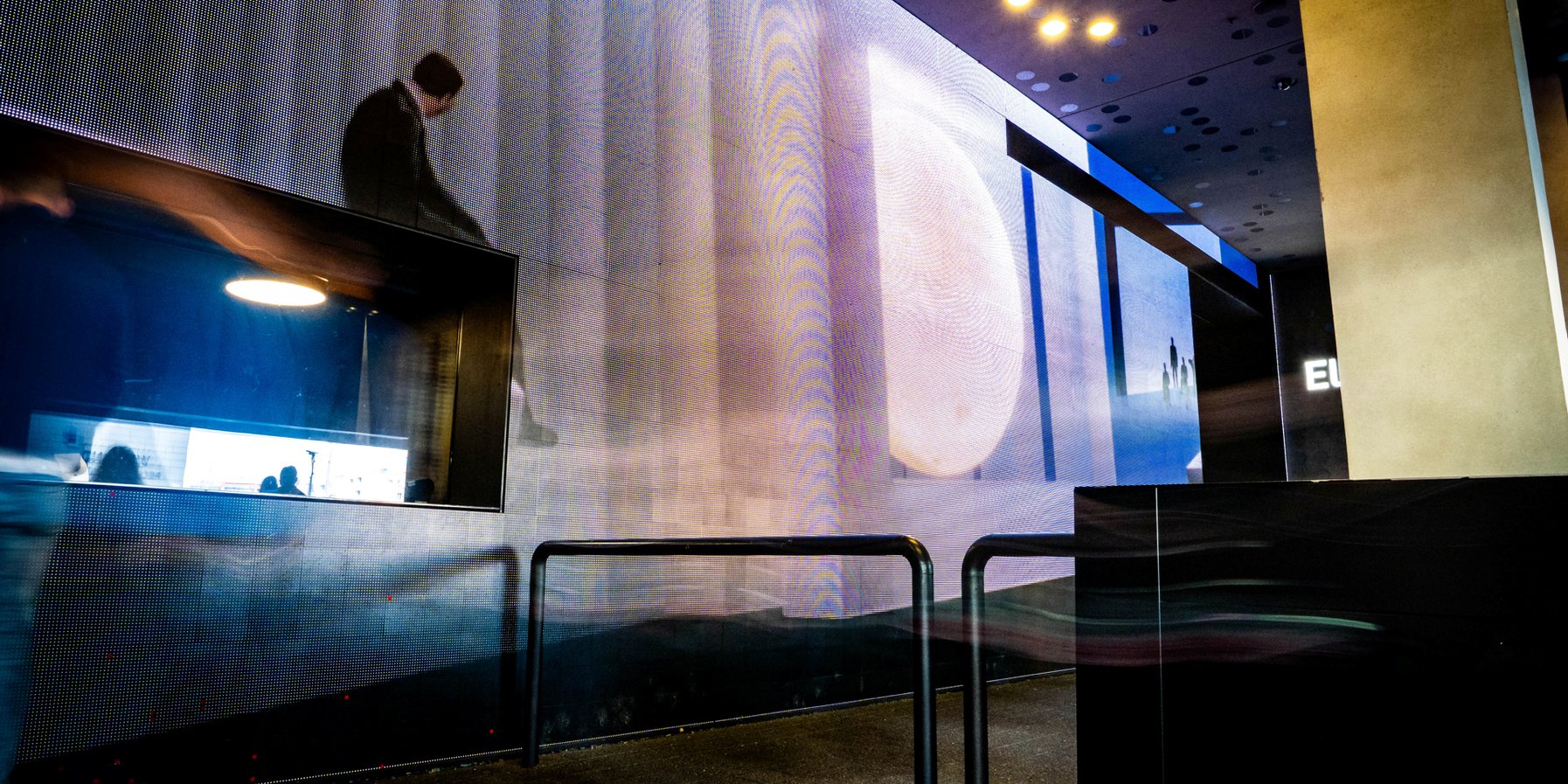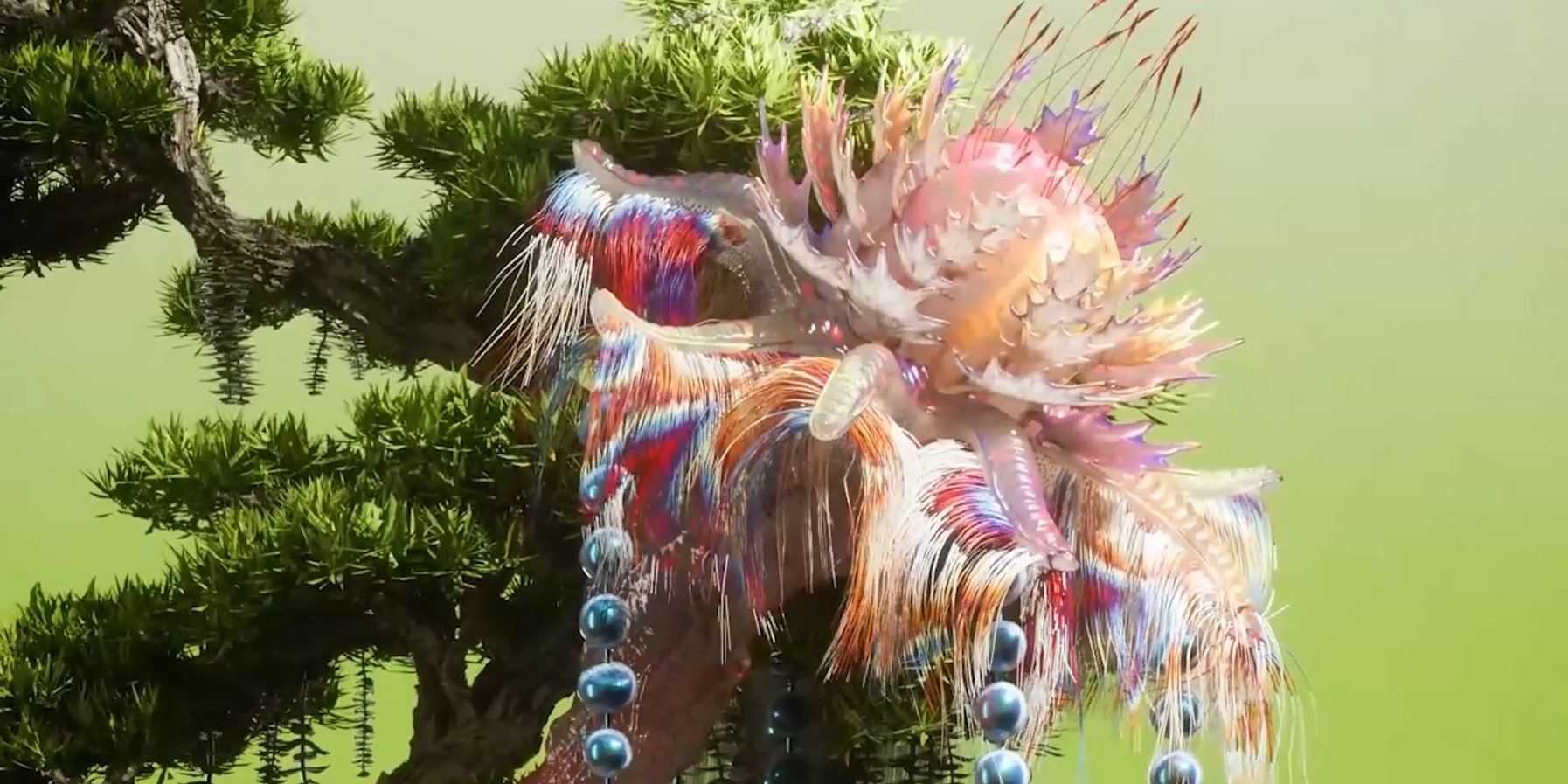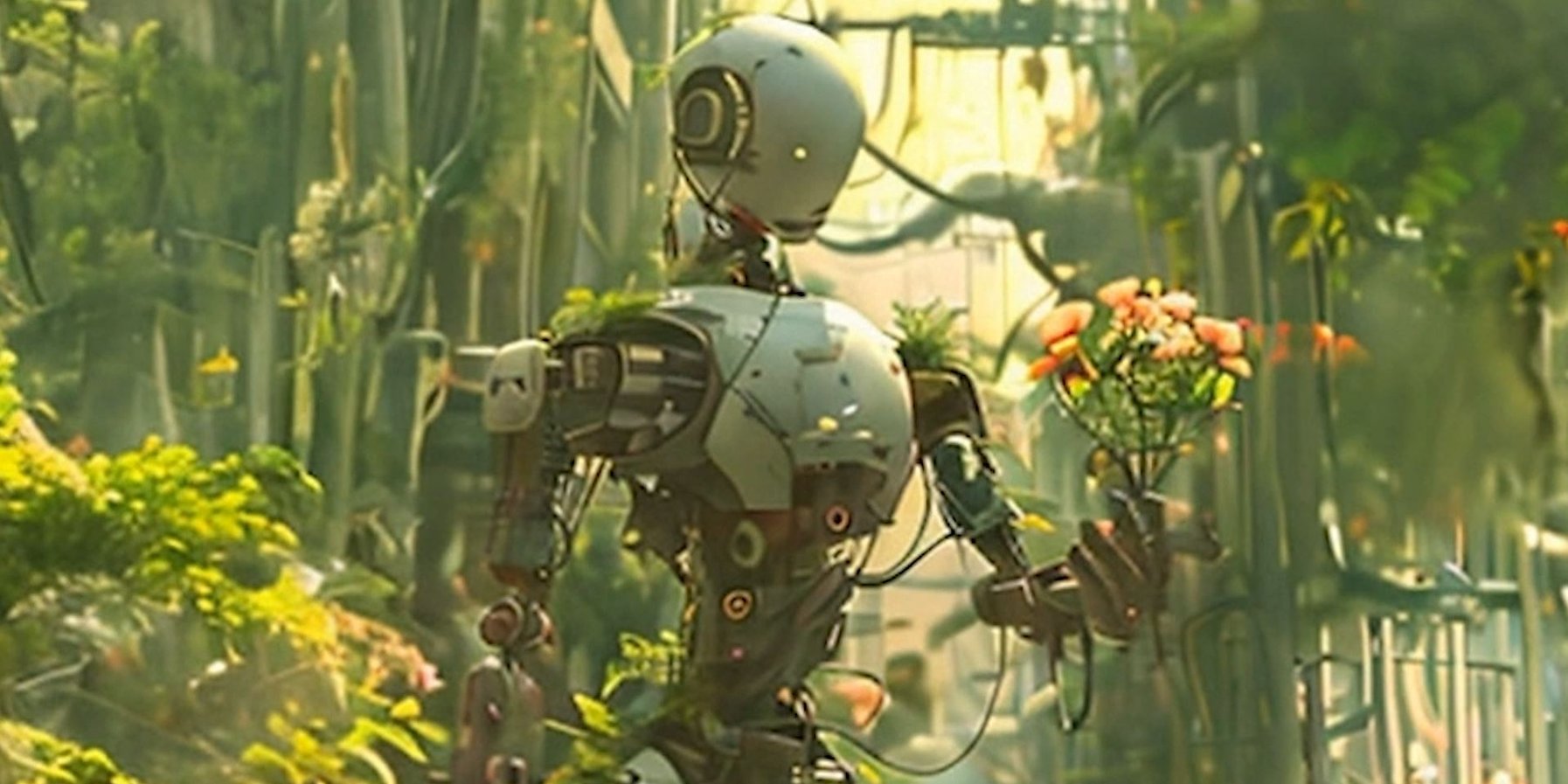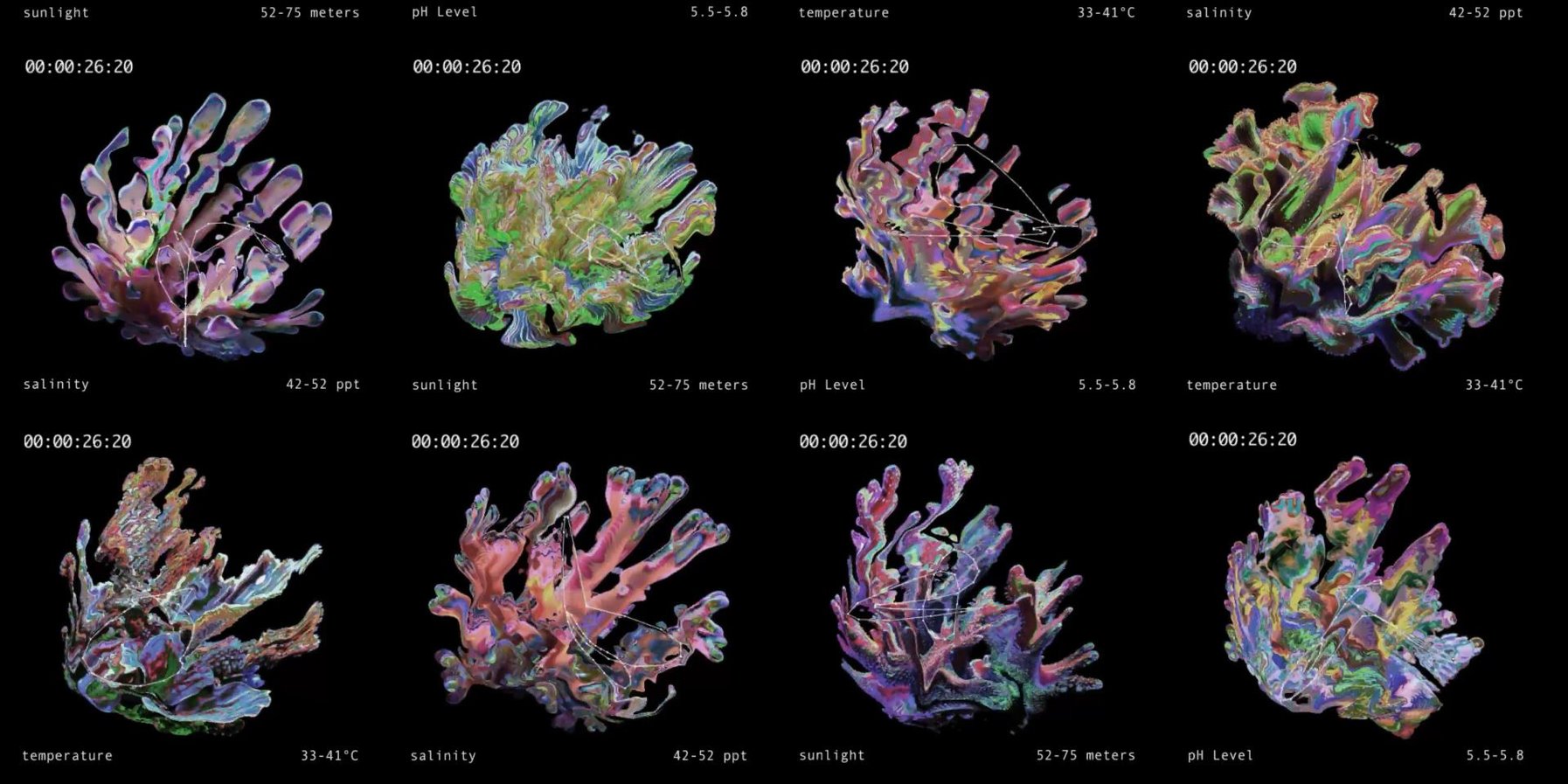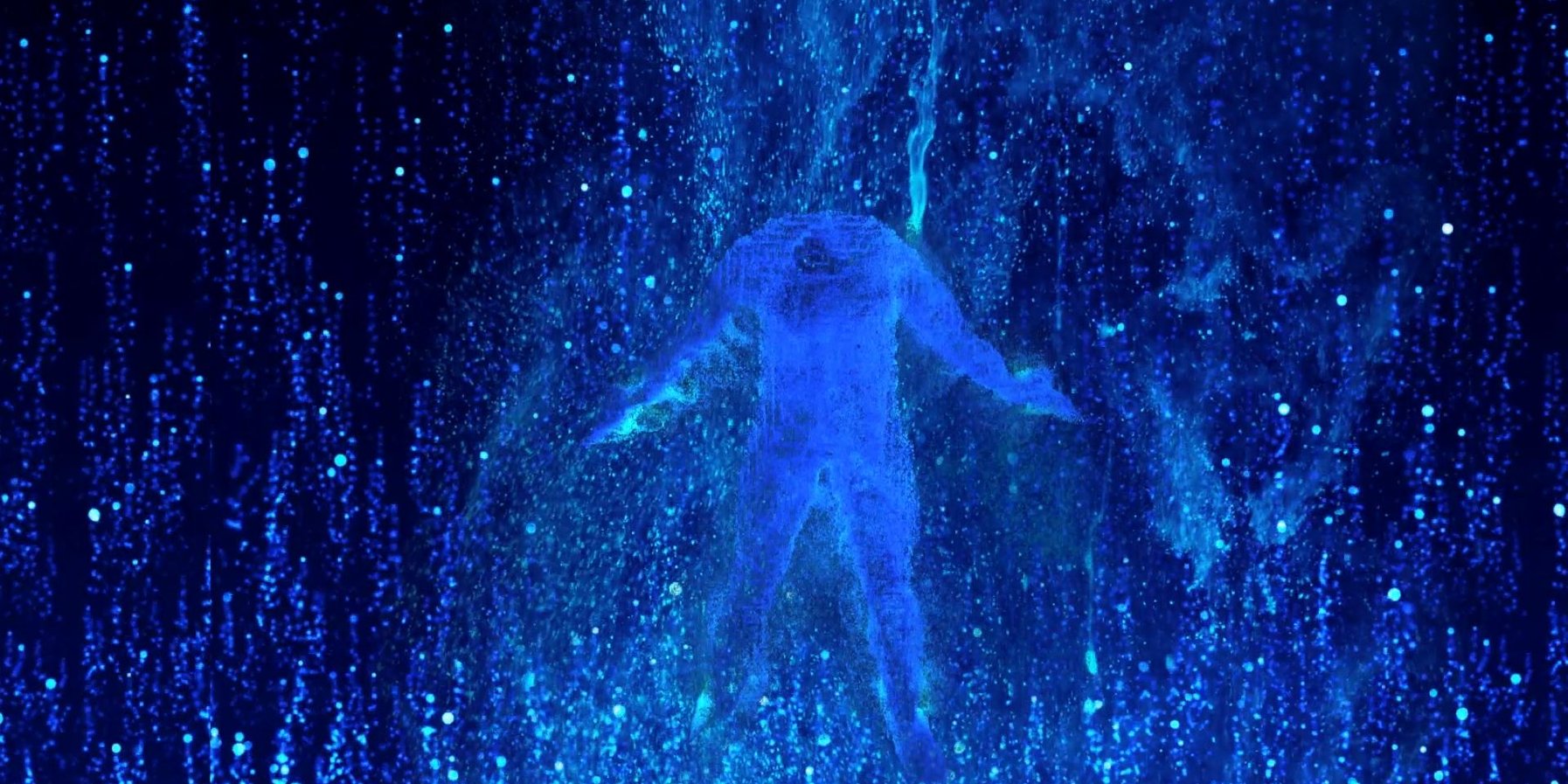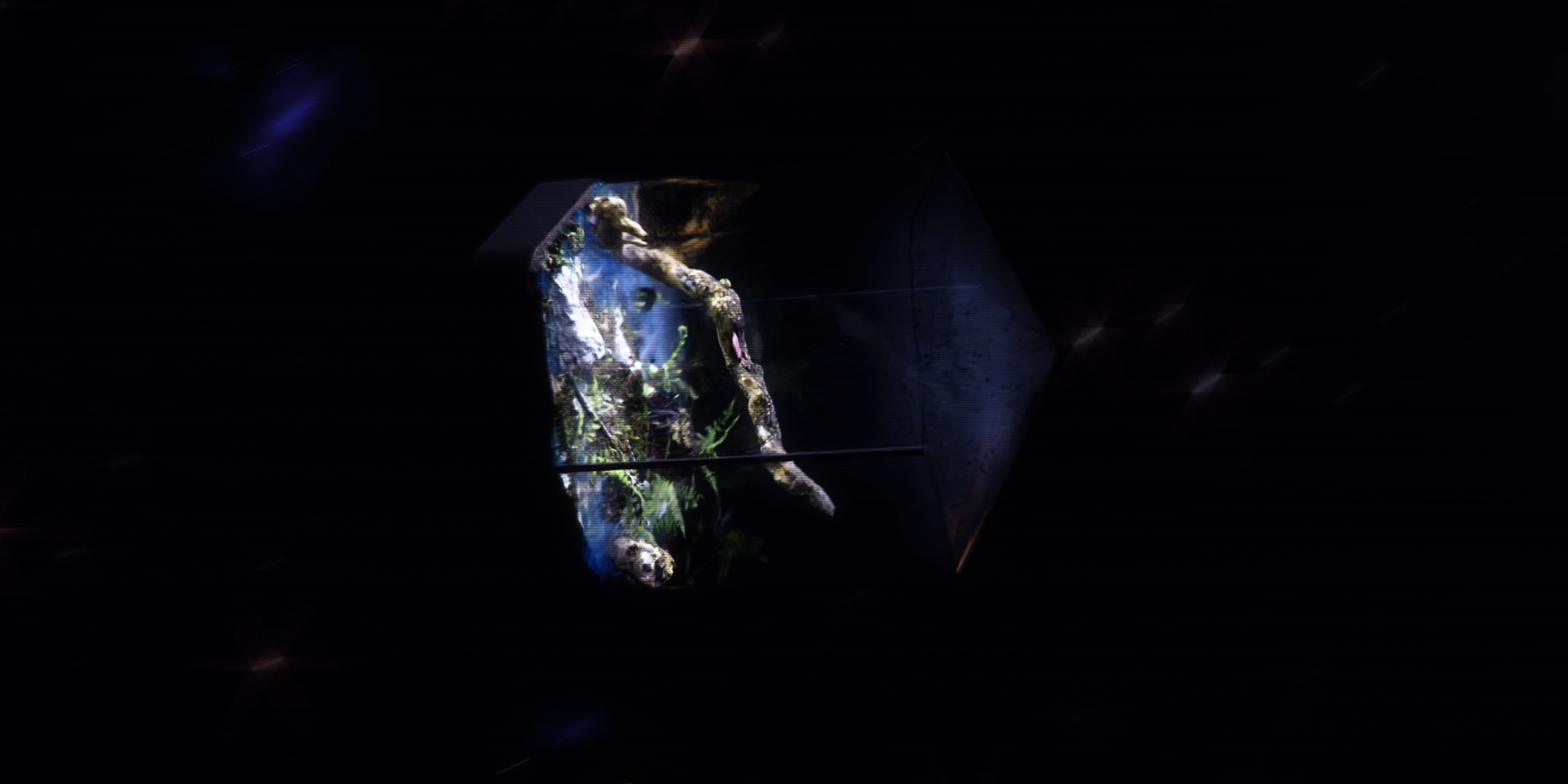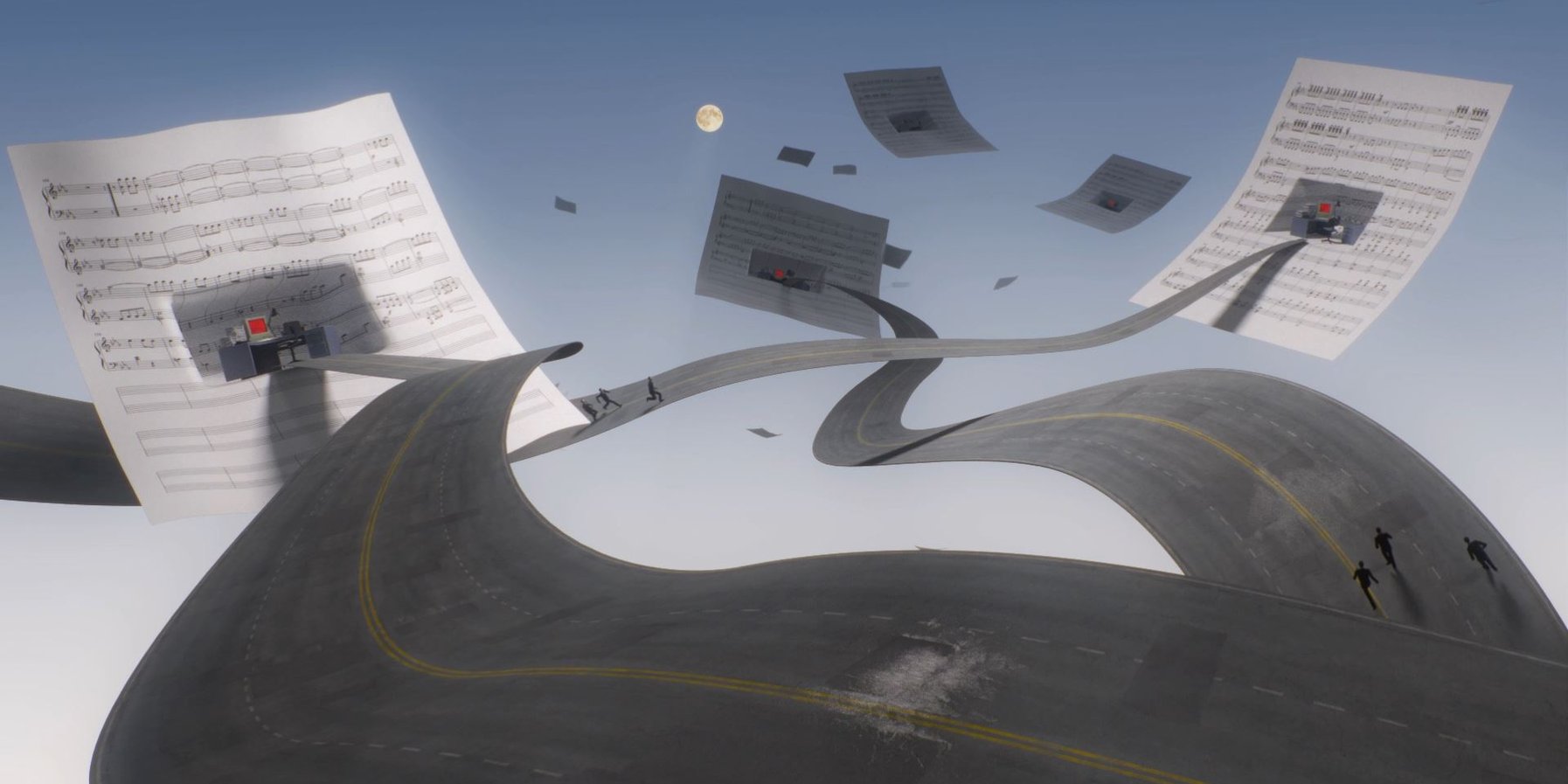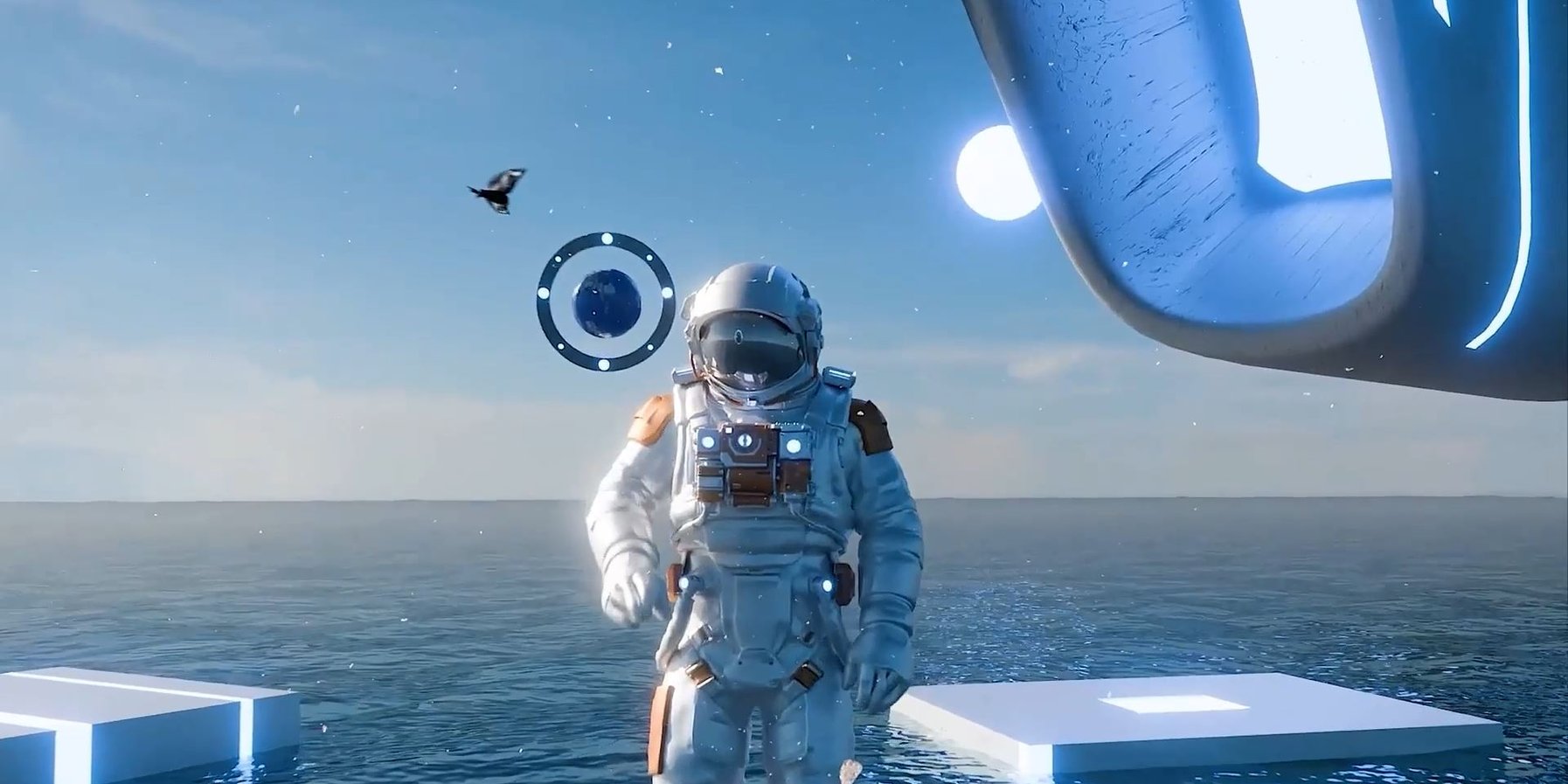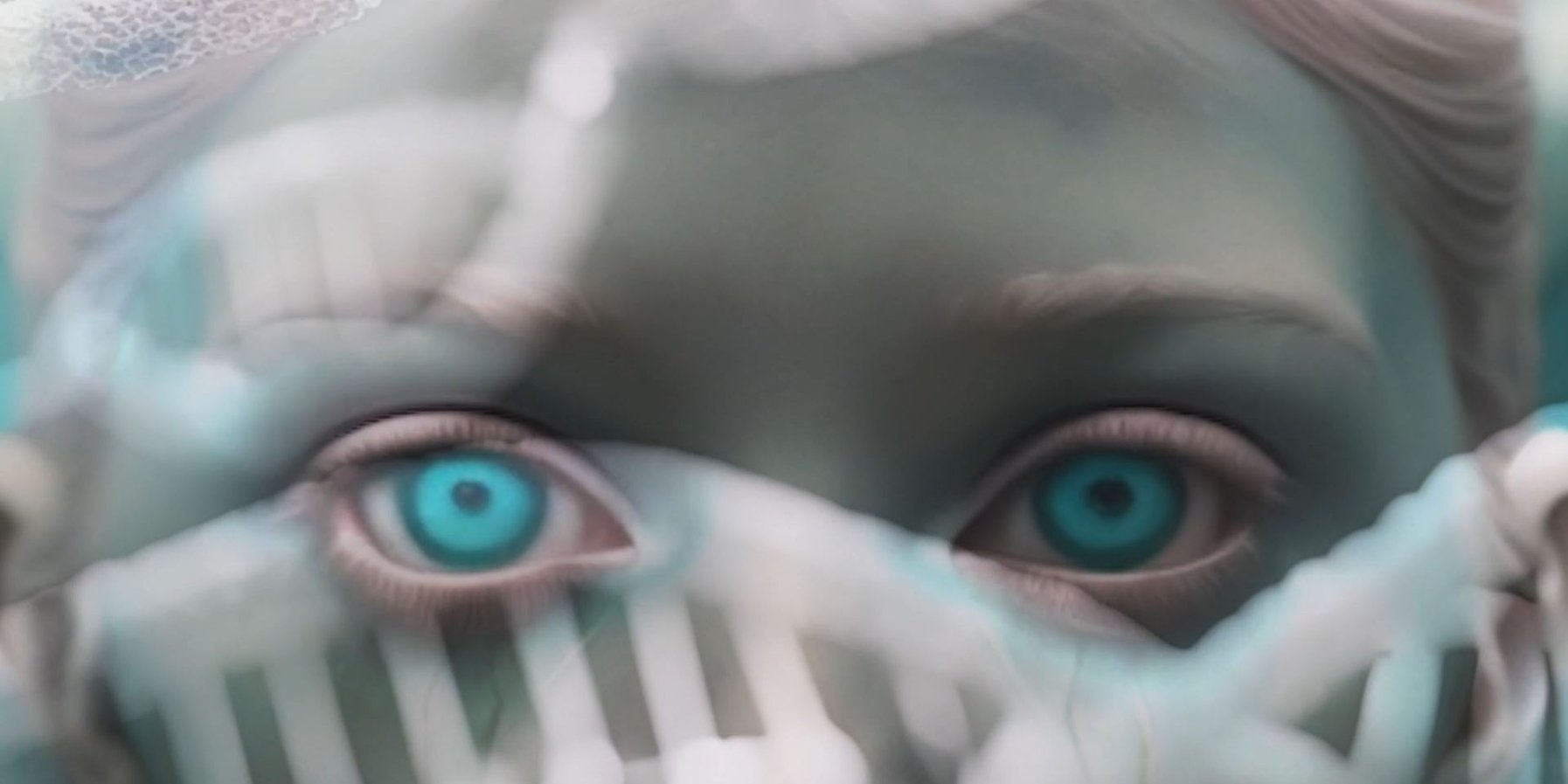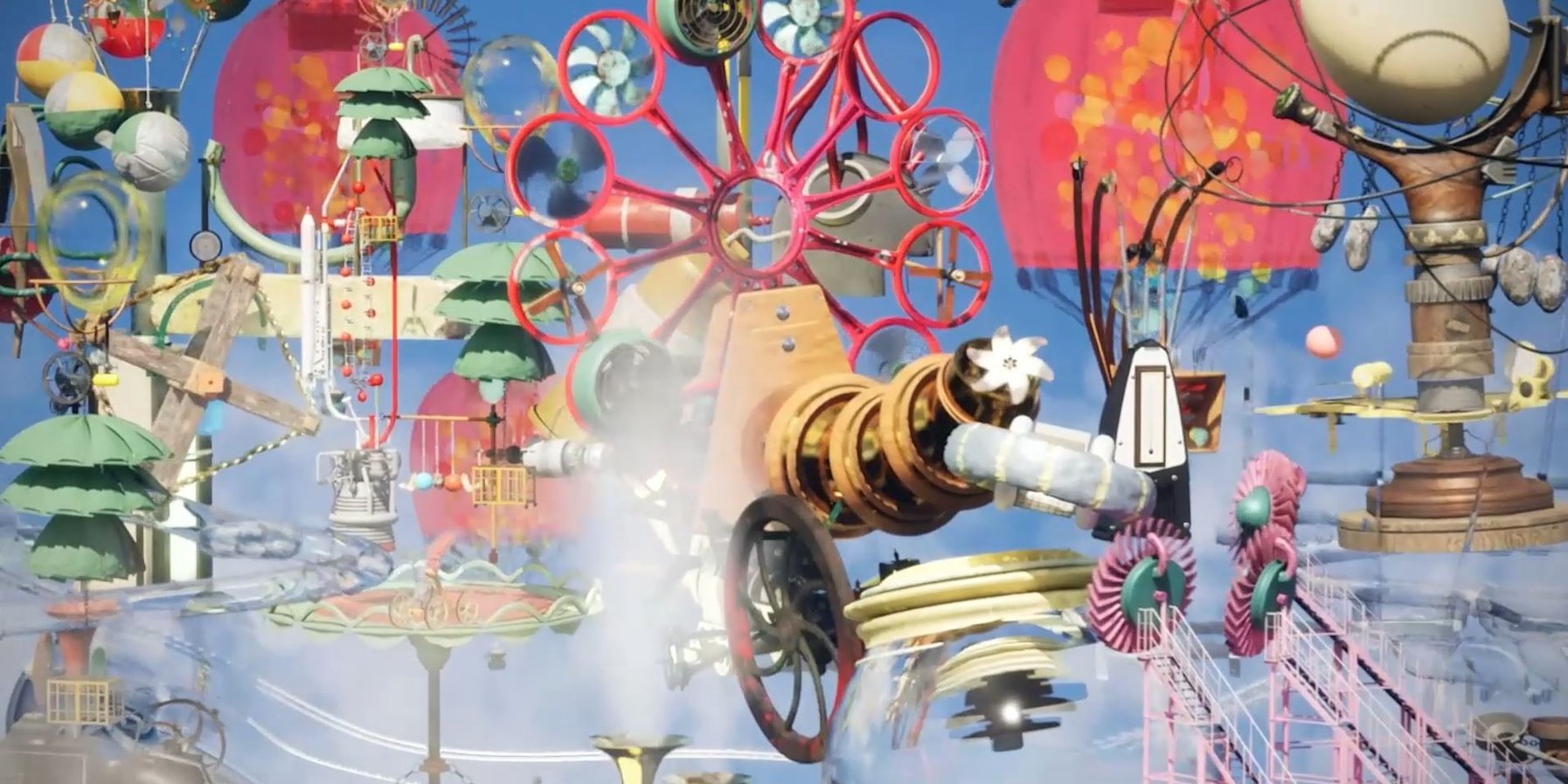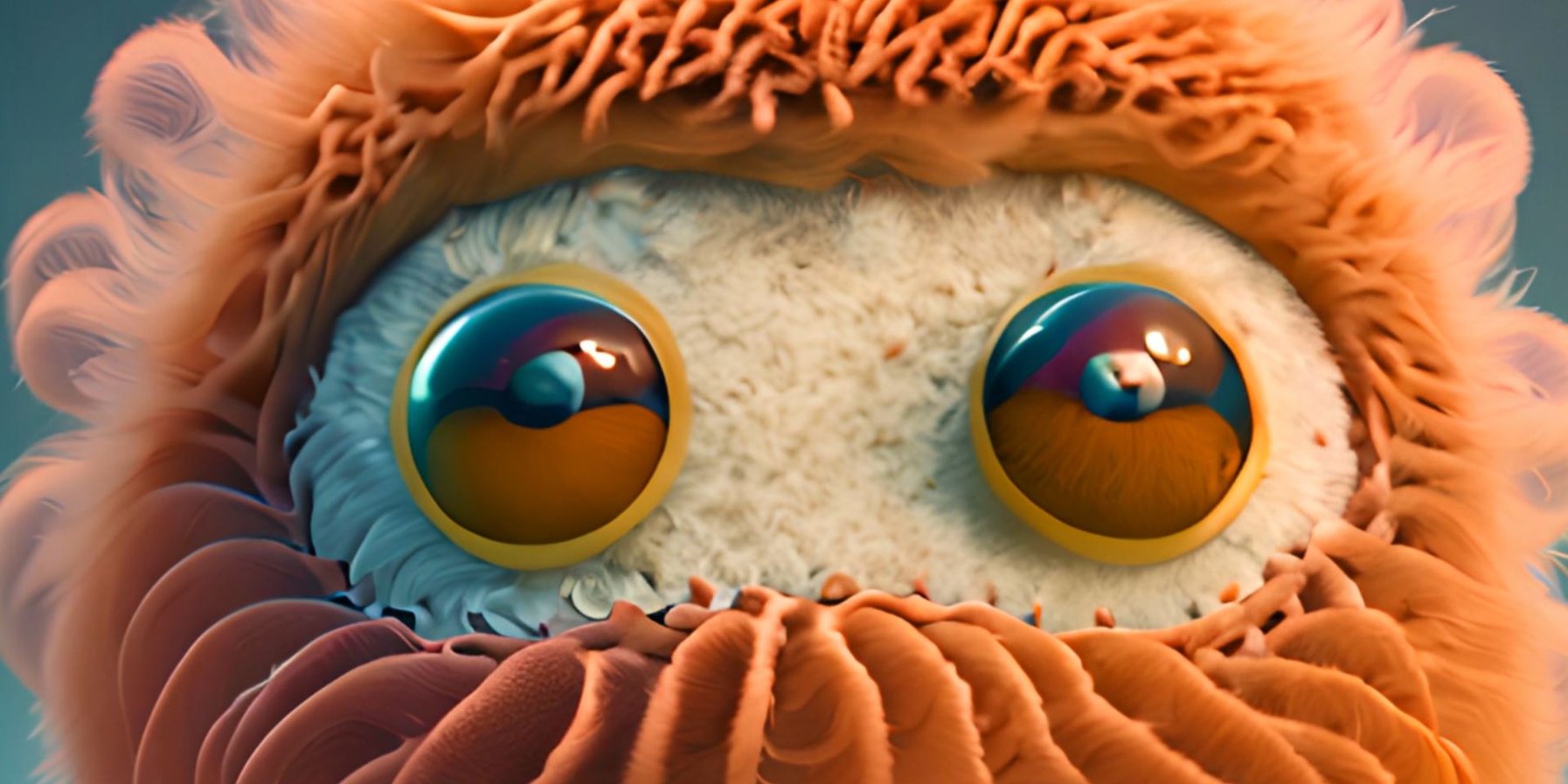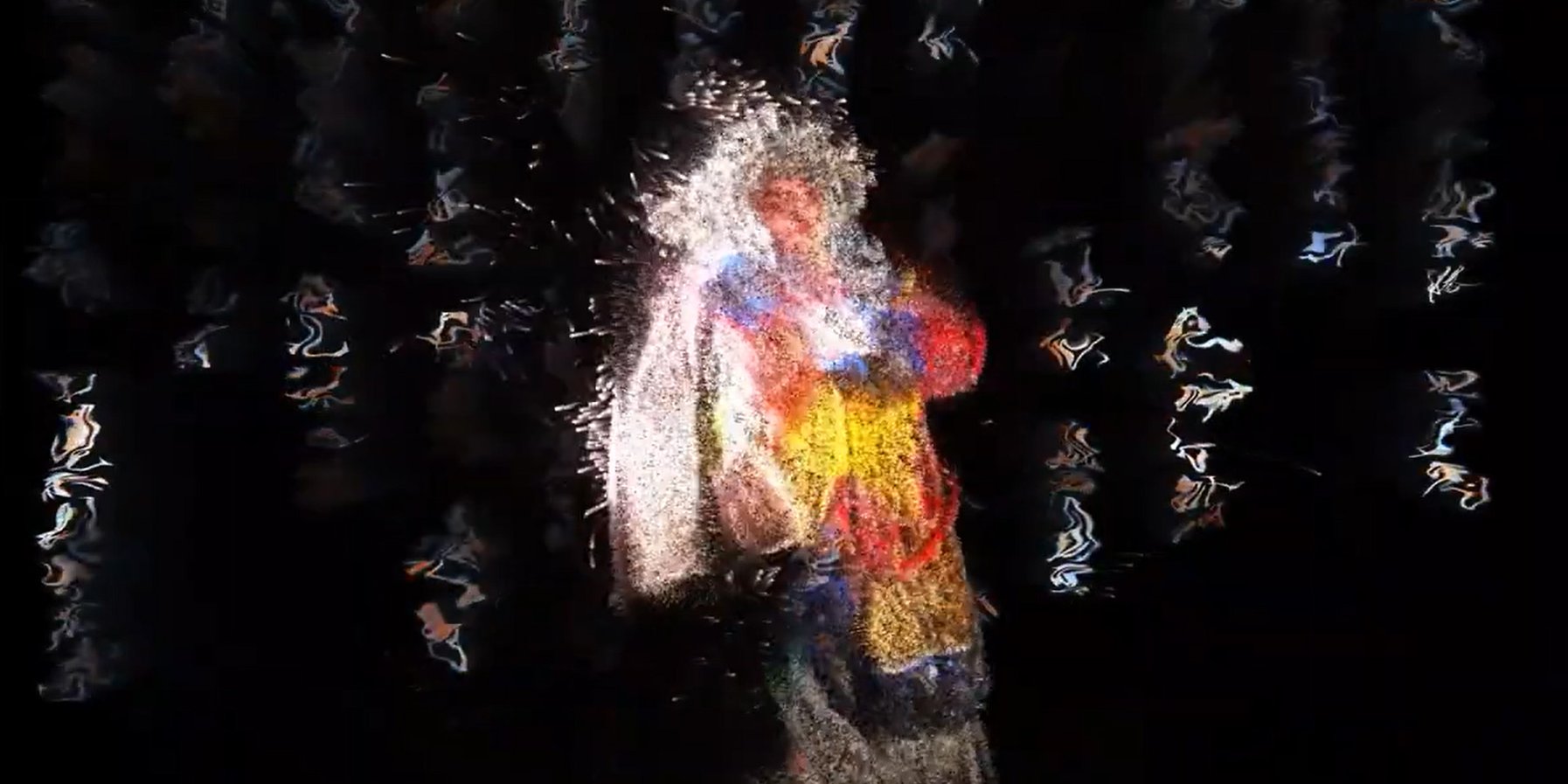Art and culture in the public realm: Founded three years ago by the China Academy of Art in Hangzhou, the international City Digital Skin Art (CDSA) Festival explores the potential of digital screens and media façades for the hybrid design of public spaces. With this aim in mind, students from renowned universities including Nanyang Technological University in Singapore, Polytecnico in Milan and Bauhaus University Weimar in Germany have created video artworks on the overarching theme of »Beyond the Screens«. They are dedicated to important environmental issues that have come about first and foremost due to the profound impact of humans on our planet. An international jury selected 40 works from around 200 submissions, which will be shown on large-format media façades and public screens in Shanghai, Beijing, Hangzhou, Shenzhen, Singapore and – for the first time – in Europe from mid-October 2024 onwards. Alongside Milan and Paris, Hamburg is also on the list of cities where the artworks will be installed, on the large Media Wall of the Elbphilharmonie.
A selected programme of twelve video installations will be shown here daily from 15 to 31 October 2024, from 10 am to 10 pm.
-
About the Elbphilharmonie Media Wall
Anyone who has ever travelled up the Tube (escalator) to the Plaza will have seen it: the LED façade at the entrance to the Elbphilharmonie. Composed of 857,472 LEDs in total, it projects digital works of art and plays animations and high-resolution films across a surface area of 18 by 5 metres.
»Visible from afar as a vent of bright light, the LED wall is designed as an integral part of the overall composition of the building, in such a way that it literally draws visitors into the Elbphilharmonie,« says Jan Christoph Lindert from Herzog & de Meuron architects. »The constantly moving images and moving light peaks people’s interest, gets them curious and creates a clearly visible entrance area for the Elbphilharmonie.«
Artists regularly create works of art especially for the Elbphilharmonie’s LED façade, turning it into a showcase for contemporary media art. Alongside this it also has a practical purpose, announcing what’s on at the Elbphilharmonie. The programmatic festivals are displayed to the outside world through motifs and colour moods on the Media Wall.
Video artworks
The selected artworks on the Media Wall fall under four different themes: Natural worlds and AI systems / Colonisation into space / Anthropocene and technosphere / Legends and natural cycles
Beyond the screens - Beyond Human
The theme »Beyond the Screens« opens up various viewpoints that encourage reflection on the effects of the Anthropocene. With the help of AI-supported applications, the students have created hybrid realities and digital landscapes that aim to reflect the complexity of our planet’s ecosystems, focus on the Earth as a technosphere, and create non-human and beyond-human living environments.
The content of the various works lies at the interface between society, art and science. The critical and poetic juxtaposition of man and nature seeks new ways of cohabitation and the preservation of biodiversity. Important technological inventions like the overcoming of gravity with flying objects, the invention of time-measuring devices and the future of medical gene editing are also reflected in the one-minute video works.
The video artworks :The artists and their works
Theme 1: Natural worlds and AI systems
These video artworks form a thematic block that aims to recreate the beauty of nature and visualise it digitally using AI-supported systems. The focus is primarily on the complexity of ecosystems and their fragility when they lose their balance due to the impact of humankind.
Zork Art
»Virtual Nature Study«
(China Academy of Art, School of Sculpture and Public Art, Hangzhou)
Gold Award
With the series »Research on Virtual Nature«, the artist explores, in poetic terms, the diversity of a digital nature characterised by emptiness and silence. Viewers are invited to immerse themselves in a virtual environment and experience the warmth and subtle changes of nature, creating a sense of the unreal.
Sreeshna Sowmya
»Nature Sanctuary 3000«
(NTU Singapore, School for Art, Media and Design)
Silver Award
The work explores a dystopian future in which technology dominates our cities. For the lonely city dweller, a forgotten enclave of nature suddenly opens up, triggering a longing for natural habitats and juxtaposing the delicate balance between rapid technological progress and long-enduring nature.
Ayça Tugran
»Beyond the Funky«
(Bauhaus-Universität Weimar / Media Architecture)
Silver Award
The work reflects the human impact of consumption and the lack of resources on our living spaces like a supermarket, a church, etc. It is made using a highly consistent visual language, along with photogrammetry. The piece juxtaposes sterile, human-dominated spaces with living, untamed ecosystems and calls for a more holistic understanding of the complexity and diversity of our world.
Mina Boylu & İdil Öztürk
»Echo of Bits«
(Bauhaus Universität Weimar/ Media Architecture)
»Echo of Bits« takes a closer look at the interactions of the nature-human constellation and reflects the concept of yin and yang. The artwork uses coral reefs as a symbol for the fractals of nature, to emphasise how individual decisions affect the system as a whole. In essence, the project draws the spotlight onto our collective responsibility and the important role we play in upholding balance in this complex, interdependent world, highlighting the profound impact of our actions.
Theme 2: Colonisation into space
Can we solve our problems by emigrating into space? The Earth is reaching its limits in terms of population growth and the consumption of resources. Some people see the colonisation of space as a chance to tap in to vast expanses of new living space and inexhaustible resources. Some see space colonisation as a way to escape the challenges on Earth instead of facing up to our ecological problems head on.
Hu Qing Ya
»Gathering and Dispersing«
(Beijing Film Academy)
Bronze Award
Inspired by Qu Yuan’s poem »Distant Travels«, which deals with the vast universe and, by contrast, the insignificance of human beings, »Gathering and Dispersing« uses abstract particle shapes to signify human fragility and uncertainty. Over the course of three phases – unwavering progress, chaotic existence and collective ascension – the piece encourages deep reflection on life and the self, and aims to evoke resonance and contemplation.
Kevin Blackistone
»Habitat«
(Bauhaus Universität Weimar/ Media Architecture)
Bronze Award
This work uses a terrarium as a symbol of the Earth’s limited resources and draws attention to the enormous challenges of space colonisation. The terrarium with its self-sustaining ecosystem could sustain itself and be sustainable during a voyage and stay in space.
Zhuoyue Zou
»Walk, run, and fly«
(Tian Jin Art Academy)
»Walk, run, and fly« plays out at the interface between the virtual and real worlds, and depicts transitions that are driven primarily by daily routines. When we break away from routine, we realise that it is only the sheer urgency of life that drives us. In contrast, the floating moon symbolises our dreams, which remind us of other worlds outside of our daily routine.
Umut Ekinci & Lucas Garancher
»Look Away«
(Bauhaus Universität Weimar/ Media Architecture)
This project explores our human tendency to run away from problems rather than solve them, especially in the context of climate change. Through a narrative involving an astronaut and a bird, »Look away« symbolises the connection between human behaviour and nature. The repetitive plotline highlights how escaping to a better world is pointless; we must instead face our challenges here and now.
Topic 3: Anthropocene and technosphere
The terms are closely linked. How have humans changed our planet’s natural processes with their technologies, industry and way of life? Are there any solutions as we look towards the future?
Lee Chaewon
»CRISPR Chronicles«
(NTU Singapore, School for Art, Media and Design)
Silver Award
The project »CRISPR Chronicles« explores the revolutionary yet controversial impact of genome editing, particularly through the CRISPRCas9 system. By raising the question of whether genome editing is a useful advance or holds the potential for mishaps in science, the project uses visual metaphors to illustrate the duality of progress and risk. It encourages society to reflect on the moral and biological implications of cutting-edge medical technology.
Zheng Yanran, Lei Hanyi & Wamg Mengcheng
»People without gravity«
(China Academy of Art, School of Sculpture and Public Art, Hangzhou)
Bronze Award
»Man Without Gravity« is a multimedia project that explores the human desire to overcome gravity. It links the history of aviation with contemporary art. Through videos, articles and narratives, it explores the technological advances through 33 aerial vehicles that have enabled humans to free themselves from the gravitational pull of the Earth. The project offers a unique, interdisciplinary exploration of the history of flight, scientific principles and artistic expression.
Li Lin, Lampo Leong & Yanxiu Zhao
»Magical Creatures«
(University of Macao)
This work aims to encourage people to understand and respect the micro and macro world, with a view to coexisting peacefully with visible and invisible beings. »Magical Creatures« utilises the creativity of artificial intelligence to reveal fascinating, non-virtual creatures. This inspires humanity to further explore our environment and the space around us.
Theme 4: Legends and natural cycles
The theme of legends and traditional stories about cycles found in nature and the cycle of life can be used to revitalise traditional methods and practices and nurture our emotional relationship with the natural world. They can inspire the adaptation of ancient methods of environmental protection into modern contexts.
Wang Shuai & Xu Xiaohua
»The drunken beauty«
(BaiShui Art Studio)
This innovative project combines digital art with traditional Peking Opera and presents a digital interpretation of Mei Lanfang’s classical aria »The Drunken Concubine«. By digitally reworking the traditional movements and steps of Peking Opera, the work aims to show China’s cultural heritage in a modern light. Traditional arts such as Peking Opera can help raise awareness of the need to protect cultural and natural resources as they involve conservation and preservation.
